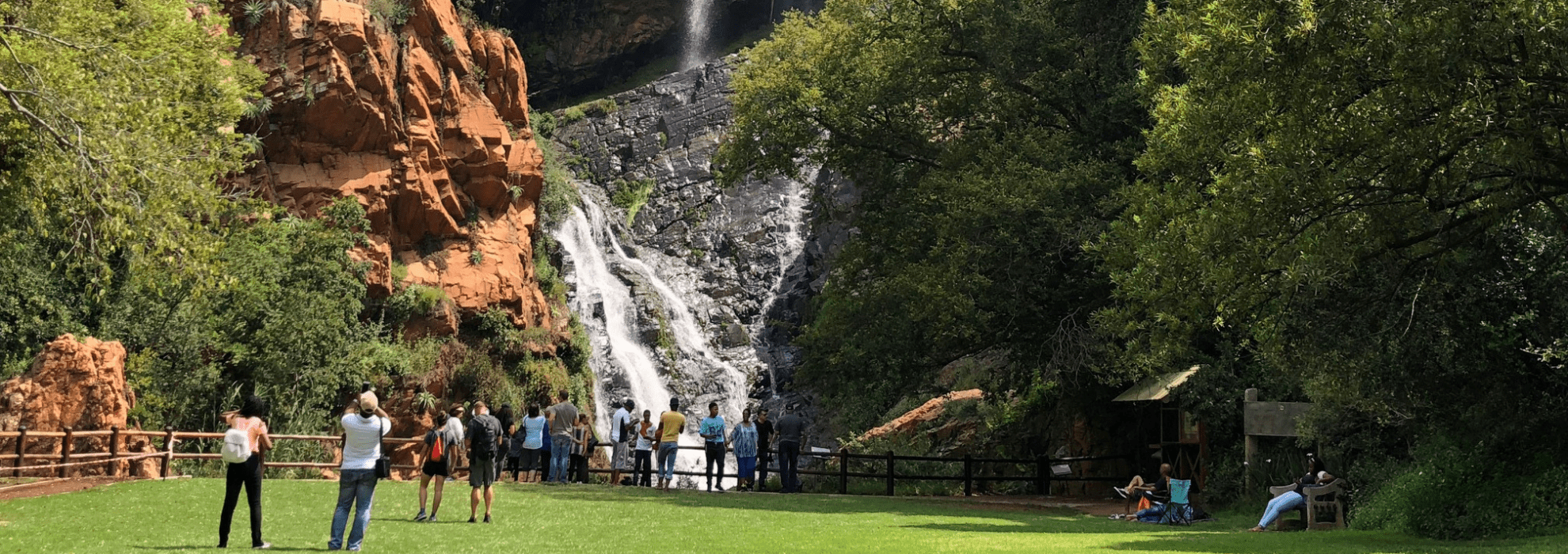The Only Guide for Johannesburg North Attractions
The Only Guide for Johannesburg North Attractions
Blog Article
The Main Principles Of Johannesburg North Attractions
Table of Contents4 Easy Facts About Johannesburg North Attractions ExplainedJohannesburg North Attractions Can Be Fun For AnyoneJohannesburg North Attractions Things To Know Before You Get ThisJohannesburg North Attractions Things To Know Before You BuyJohannesburg North Attractions Things To Know Before You Get ThisJohannesburg North Attractions Things To Know Before You Get This
The city expanded on the side of the Witwatersrand Main Coral reef, a below ground stratum of gold-bearing quartz-silica empire that arcs for hundreds of miles under the Highveld - Johannesburg North attractions. Most of the gold mines in the city ceased procedure in the 1970s, but in its day the Witwatersrand gold sector accounted for more than 40 percent of the world's annual gold production.Johannesburg has a temperate environment. Summertime temperature levels balance regarding 75 F (24 C); wintertime temperature levels average about 55 F (13 C) and only sometimes dip listed below freezing. The city enjoys about 8 hours of sunlight daily in both winter season and summer. Rainfall standards about 28 inches (700 millimetres) per year, but the overall varies significantly from year to year.
What rain the city receives falls almost solely in the summer season, commonly in magnificent late-afternoon electric tornados. Air pollution presents a significant trouble, particularly in the wintertime months, when thermal inversions hinder the westward flow of air from the Indian Ocean. Air pollution is most serious in the densely resolved Black towns on the city's periphery, where several residents still rely upon coal for fuel.

Excitement About Johannesburg North Attractions
The balance of the city is occupied by whites. Accommodation differs in character and top quality. Soweto is notorious for its unlimited rows of municipally constructed, two-room matchbox homes, yet it also has a couple of flourishing territories along with brimming squatter camps, where tens of thousands live without water, electrical energy, or cleanliness facilities.
Physical development, although rather restricted by transportation, continued rapidly as immigration to South Africa, and Johannesburg in specific, boosted considerably.
Many poor residential areas were combined, with inadequate blacks and whites living with each other, although the affluent residential areas were generally scheduled for whites.
The estimated populace of the region is 200,000, [] The number of people living in the internal city on an informal basis is unidentified, as several are unlawful immigrants. The majority of higher-income citizens and white people have relocated to the north suburbs and have actually been changed by lower-income black people. The unemployment, education, and age profiles of the location are all unknown, because of read the full info here the trouble of acquiring reputable details about the location.
Little Known Facts About Johannesburg North Attractions.
Centred on the CBD, the region consists of the suburbs of Yeoville, Bellevue, Troyeville, Jeppestown, and Berea to the east. To the west it infects Pageview (Johannesburg North attractions) and Fordsburg. There are small enterprise zones to the south, such as City West-Denver and Benrose. Around 800,000 commuters go through Click This Link the central city daily, and it works as a regional purchasing node for site visitors from the southern suburban areas. Yeoville and Bellevue have a mix of home buildings and single household units on tiny great deals. The area is situated on a mountainous divide that runs from eastern to west.

Examine This Report on Johannesburg North Attractions
R. Tambo International Airport Terminal). The eastern residential areas are several of the oldest areas of Johannesburg, there are large areas of Jewish and various other European backgrounds, the bulk of the populace is English talking. There are three fairway along with a variety of secured ridges with viewsites. There are several well-developed and up-market home entertainment and shopping locations in the east such as the Eastgate Shopping Center and the Greenstone mall.
Originally constructed to house male migrant employees, many have been enhanced as dwellings for couples and households. The residential area was not historically permitted to develop work centres within the location, so almost all of its residents are commuters to various other parts of the city.
Some Ideas on Johannesburg North Attractions You Need To Know
The residential locations in the northern suburbs are mostly formal, with no substantial locations of informal real estate, or housing that does not have a long-term framework. This is a recognized location, there is a trend of land usage change from property to business, particularly along major arterial roads and around well-known nodes.
The area is well attached to road networks, particularly along the north-south axis developed by the M1 and N1. Roads to the eastern and west are much less well established, as there are no freeways taking a trip in that direction. In the go to this web-site direction of the northern border of the city, the thickness of advancement decreases, leaving big locations of untaught land around Midrand.
Unknown Facts About Johannesburg North Attractions
The initial suburb to the north of the inner city is Parktown, which is located on a hill ignoring the central city and Hillbrow. It has lots of affluent homeowners and Edwardian-design manors, as well as the Education and learning and Clinical schools of the University of the Witwatersrand. The big concrete Charlotte Maxeke Johannesburg Academic Hospital dominates the skyline of Parktown.
Report this page